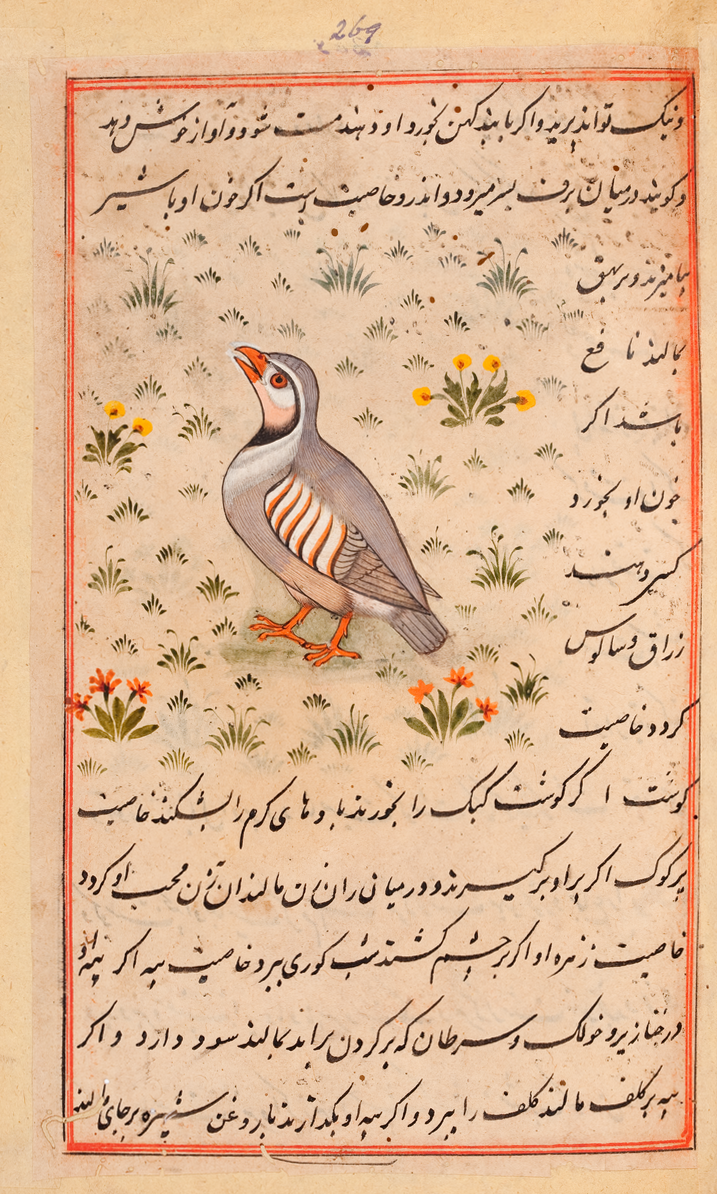57: Chukar
I write to you from Arapahoe, Ute, and Cheyenne land. I am interested in learning about the different animals that live in the place where I was born. Before we start with today’s animal, I want to emphasize that biological classification as understood by western society has its roots in racism, sexism, and transphobia – here’s a good explainer about why.
Today’s animal is a native of southern Asia and the Middle East, introduced into the western United States, Canada, New Zealand, Hawaii, and other places as a game bird: the chukar, or chukar partridge (Alectoris chukar). In Colorado, they live in the rugged, desert terrain of the far west, mainly in Mesa and Garfield counties – although as a former resident of Garfield county, I sadly have not seen one. Their greatest concentration in the state is along the Colorado and Gunnison river drainages below an altitude of 6000 feet. They live in dry terrain with little tree cover and sparse shrubs, and enjoy living in the steep canyons that are often gateways to water in that region. Colorado Parks and Wildlife has also attempted to release the animals along the Poudre River near Fort Collins to establish a population there for hunting purposes. From their page, I learned:
Chukar hunting is an extremely challenging but enjoyable hunt. As the saying goes, you hunt chukars “the first time for sport, the rest for revenge.”
That article also has some cool information near the bottom about the methods they used to transport the birds from Utah to the Front Range.
In the summer, the birds pair off to breed; the rest of the year, they live together in coveys of 10 to 50 individuals. They have many calls, of which the most common is – unsurprisingly – something like “chuck chuck chuck-car!”
The name derives from their call and is the same in Sanskrit which – as far as I know – is the only animal in Colorado with that claim to fame. In mythology from the Indian subcontinent, the chukar symbolizes intense, unrequited love. I love this 17th century Persian depiction:
